Moscow is incredibly rich in cultural heritage and natural beauty, but these assets have been placed at risk by exploding traffic and the unprecedented levels of demolition and construction of recent decades. So when Moscow’s City Government Minister for the Environment, Anton Kulbachevskiy, heard Jan Gehl talk at a sustainable city conference in Montreal in 2011, he had no doubt: ‘We need exactly what you do’. Which is how our partnership with Moscow’s City Planning Department, GenPlan, began.
Taking the Pulse of the City
The first step in our work in Moscow was to do a health check – our trademark Public Space/Public Life survey and analysis. We discovered a city packed with potential. There are broad boulevards, wide rivers and canals, as well as great forests and parks close to the city centre. But one of the key revelations of our survey of Moscow was that many parts of the city were difficult to move through for pedestrians. For example, heritage squares in the city centre had become islands cut off by traffic, the city’s beautiful parks were shut off by fences and had too few entrances, and highways which ploughed through the city center had limited pedestrian crossings.
The city is compact and its natural assets within walking distance, but getting anywhere on foot can be a struggle. Even for short distances, it’s often easier to take the overcrowded metro. To offer the people of Moscow more choice in how they move around their city, we focused our energies on strategies that could make the streets easier to navigate and walk around.
Read the full article on Gehl
Recommended by Luisa Bravo

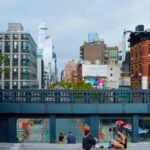



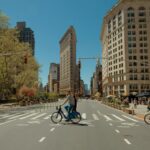

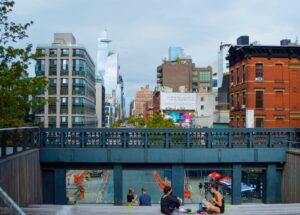
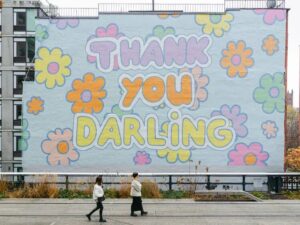
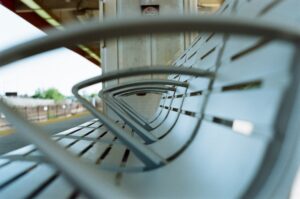

More Stories
White Flowers Boulevard in Kazan
Reclaiming the Streets: the Future of Public Space in Russia